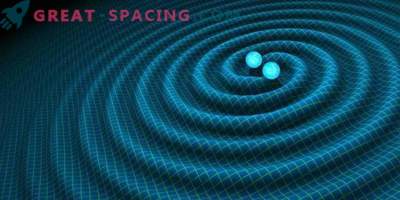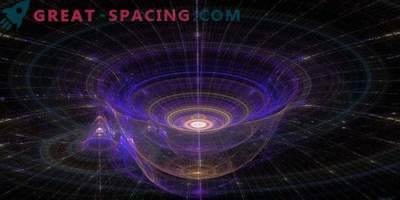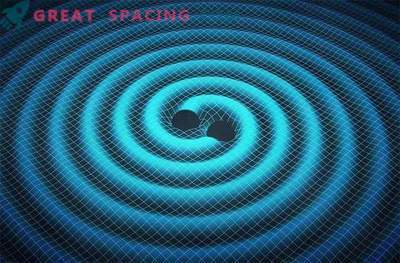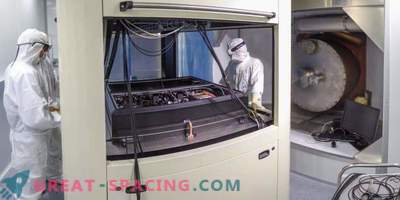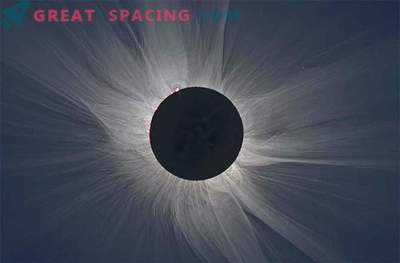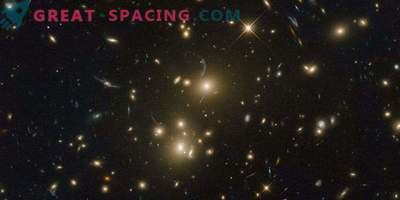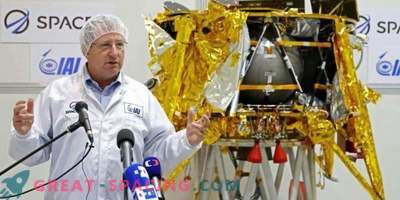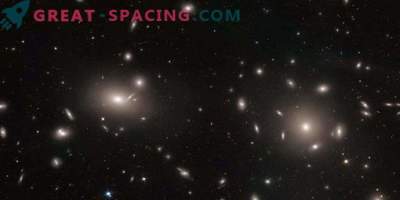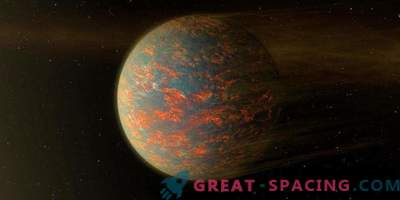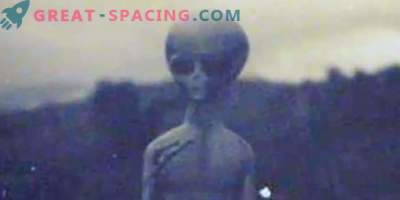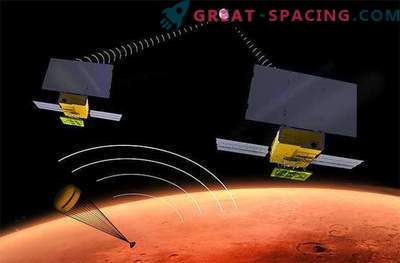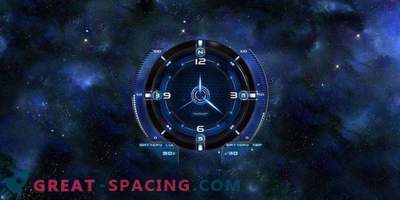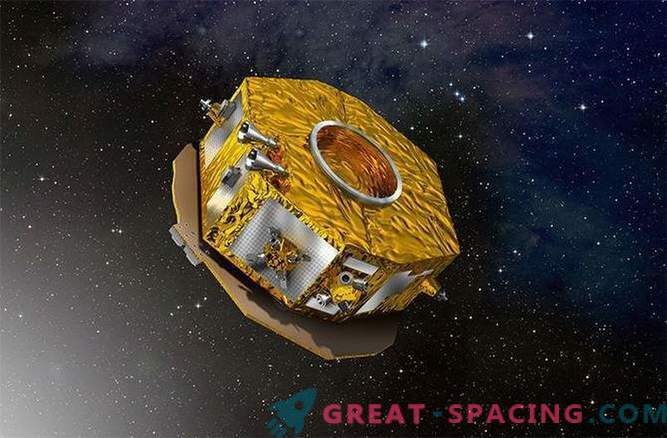
The fabric of space-time is constantly stretched and compressed due to the movement of celestial bodies. These fluctuations are gravitational waves, they are studied in terrestrial complexes, called observatories-interferometers of gravitational waves with unprecedented accuracy.
However, astronomers would like to see gravitational waves in even higher resolution, for which they require two satellites spaced millions of miles apart. Even at such significant distances, the influence of gravitational waves on the distortion of space-time will be minimal and will require ultra-precise measurements.
Fortunately for science, the European Space Agency is going to launch a large observatory of gravitational waves in 2034, although its development has not yet been completed. The previous concepts, the Laser Space Antenna-Interferometer (LISA) and the New Gravitational Wave Observatory (NGO), were considered in detail, but were not approved.
Here comes the turn of the Pathfinder LISA. He will not hunt for gravity waves, but he will have his big tasks for the next few decades. Both launches will involve Paul McNamara, lead scientist of the project. “What I really wanted to do was gravity-wave astrophysics,” said McNamara Discovery News, adding that he began working on LISA at the age of 21, in 1994. Thus, when the ship breaks away from Earth in 2034, it will be almost a pensioner.
The LISA device must be an incredibly quiet and stable vessel. On board will be two kilograms (4.4 pounds) of valuable cargo - a test ingot of an alloy of gold and platinum - which he will need to protect from take-off overloads, the pressure of solar radiation and the extreme conditions of space. In addition, the design can not use any magnetic materials, this is one of the requirements.
It will also need to maintain a constant orbit so that Earth and Moon do not affect cargo. The vessel will cruise through an area called the Lagrange point, L1 - one and a half million kilometers or 932,000 miles closer to the Sun than Earth's orbit. This will require a weekly route adjustment. The next ship of 2034, fortunately, will go around the Sun and will not require any amendments during its five-year mission. The ingots will be 38 centimeters (15 inches) apart, this distance will be measured by a laser interferometer. In the ideal case, the researchers expect that no changes will occur. The measurement period will last 90 days with breaks only for orbit adjustment. If everything goes well, the fuel should last for a year. "The expanded mission (if approved) will monitor the behavior of the ingots in the more complex maneuvers of the apparatus," said McNamara.
It is planned that LISA will arrive at the launch site in Guyana, France, in September, with an expected launch date in the last week of November.







